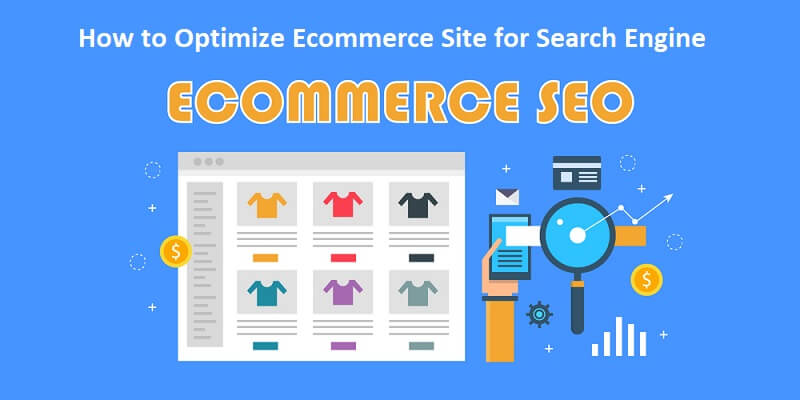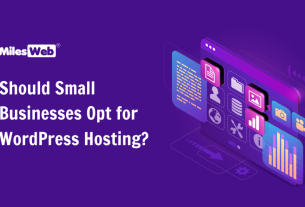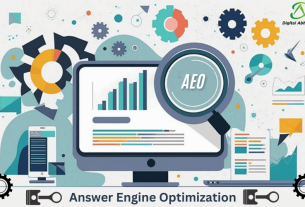Optimize Ecommerce Site for Search Engine – Almost Everyone now buy products. Moreover, approximately 79% of customers find and order what they want upon on the Internet.
With these surprising facts on how modern technology has now influenced customer’s behavior. It’s not surprising that an increasing number of people desire to start an online business, especially virtual applications going hybrid this 2021.
Let’s look at the different strategies to improve your search engine rankings like Google, Bing, and Yahoo.
Optimize ECommerce Site for Search Engine:
The most visited pages on your website are the high-impact pages. They are the ones who attract more visitors and drive more engagement from the users. On page optimization and technical seo.
These high-impact pages usually include your homepage, product pages, category pages, blog posts, and trend pages, so you need to make boost your business with SEO. Here are some tips:
Tip 1: Determine your target keywords:
You should be aware of the most commonly used words or keywords by your target audience. Then, insert those keywords into your high-impact pages and, of course, your metadata. Also include textual information that is useful, descriptive, and relevant.
When selecting keywords, keep in mind their search volume, relevance, location-based popularity, and ranking difficulties. So how can you find the best keywords?
- Use keyword tools. Use keyword tools to choose keywords to use on your high-impact pages. If you’re on a budget, you can use free tools like Google’s Keyword Planner. You can also use paid SEO tools such as SEMrush to save time and develop more effective keywords.
- Refine your keyword list. Start with low-competition keywords to get traffic immediately. The faster you create visitors, the more quickly your website will be established, and your chance of getting high search rankings will increase.
- Stalk your competitors’ strategy. Check out their website and study how they use keywords. Please take note of their popular products and homepage. By doing so, you get an idea of which keywords are most profitable.
Tip 2: Use long-tail keywords:
Long-tail keywords often include at least three words. When seeking something, most people do not use a single word. Although long-tail keywords are more specific, and they are essential in search engine optimization. Here’s an example:
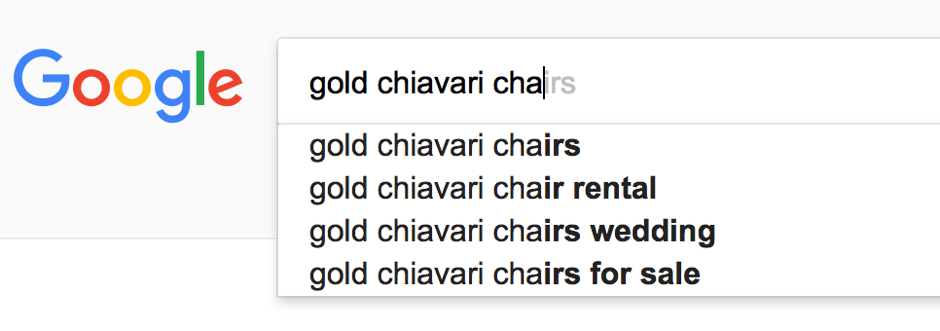
Have you noticed how exact the terms in the search bar are? That is what you need to do. Include as much detail as possible, such as the color, size, or type of the product.
Remember that people who use long-tail keywords have a higher conversion rate since they know what they are searching for.
Once you figure out the keywords you need to use, do the following
Tip 3: Write unique and compelling metadata for each page
Keep your meta title to 60 characters and your meta description to 160 characters.
Tip 4: Use ALT tags on your images
Insert keywords and descriptive ALT tags.
Tip 5: Use search-engine-friendly URLs
Make sure your URLs are readable by both people and search engines. Make your URLs as clear and easy as possible. Avoid unusual symbols, numbers, and character combinations.
Tip 6: Optimize Your Homepage
Create your navigation bar. Add visuals of your main products that are inviting with textual information. Include links to your most common products. Also, provide a tagline that includes your main keywords. Here’s a good example:

Tip 7: Optimize product pages
- Create unique product descriptions. Write detailed content of up to 1,000 words for each product. For example, you can include the size, features, colors, customer’s FAQ, and reviews.
- Incorporate customer reviews: Every review keeps your content fresh and up to date. The reviews also contribute to increasing the number of words on each page. Keep in mind that search engines like dynamic and dense material. Reviews can lead your visitors to spend a longer time on your website, decreasing your site’s bounce rate.
- Keep out-of-stock product pages live. You don’t want to annoy users with 404 pages, which can consider as broken links. Leave the page alone and specify its status. You can utilize that page to introduce more items that are related.
PRO TIP: The best approach includes an “email me when back in stock” message.
- Set up rich snippets. Rich snippets can improve your CTR. Include relevant data such as stock statistics, reviews, ratings, seller names, product conditions, and so on. Here’s an example:

Tip 8: Optimize Categories & Tag Pages
- Link to related categories. In this case, it’s better to do a cross-link. For instance, if you sell helmets, try to include a link to gloves or boots. These things fall under the category of personal protective equipment.
- Top products. Highlight your top products and most viewed items in each category and tag pages.
Use Strategic Internal Linking
Internal linking is an essential method of sending your customers from one website to another. Therefore, the more link juice a page gets, the better for SEO.
Tip 9: Link to high-priority pages
In your navigation bar, link your main categories or products. For instance, if you have a blog that generates many visitors, be sure to include links to your best items or category sites on that page.
Tip 10: Use breadcrumbs
From the SEO perspective, breadcrumbs help robots and crawlers in returning to your homepage. In addition, it helps people track where they are on your website and gives them a sense of direction when going from one page to another.
Tip 11: Link to related products
Include a section that suggests associated products to your customers. It not only helps in the generate of backlinks, but it can also increase your sales.
Improve Usability
Keep in mind that you create your website for your customers, not the other way around. Customers are always a priority. Therefore, create a website that is user-friendly as possible. You don’t want your customers to leave your website the moment they visit.
Tip 12: Organize your website’s structure
Your customers should be able to access from one page to another.
Your site’s navigation must be easy to understand, scan & follow. Use your target audience’s language.
- Ensure your search bar is visible. Enable predictive searches and include product typographic mistakes in your search bar.
- Keep your transaction as quick as possible—the lesser the steps, the better.
- Use a live chat widget. It not only decreases your site’s bounce rate but also allows you to sell to customers directly.
- Place your contact details somewhere visible so customers can quickly contact you. Here’s a good example:

Tip 13: Improve page load speed
In general, people dislike waiting. So your webpage should load fast. Even Google measures website speed when ranking them. Here are some tips:
- Reduce your files’ data size. Compressing photos, videos, and other content.
- Upgrade your hosting. If you have the budget, invest in web hosting options that provide faster loading speeds.
- Invest in a CDN Content Delivery Network, or CDN improves loading speed and increases online security.
Tip 14: Optimize for Mobile Users
According to surveys, 70-90% of consumers do their shopping via their mobile phones. Most people today access the Internet via their smartphones and tablets. So it goes that it’s essential to have a responsive website – a website that can handle multiple screen sizes.
So your website must be mobile-friendly. With this, customers can shop through your website without a problem.
Prioritize Blogging
Blogging is an essential part of your eCommerce success. It helps you keep your website fresh, reduces bounce rates, generates backlinks, improves the brand image, increases niche authority, and improves overall business growth. Here are some tips:
- Post-high-quality content. You can create interview posts, idea posts, interesting facts, and posts related to trending topics.
- Invite influential people in your niche to guest post for you.
- Be original, engaging, useful, relevant, and informative.
- Allow comments for engagement. It will also improve your content’s length.
- Create catchy but SEO-friendly titles.
- Use images, subtitles, and bullets to improve the readability of your content.
- Social sharing button. Make it easy for your readers to share your content by including social sharing buttons.
- Use relevant keywords as well as the language of your target audience.
- Actively promote your content everywhere.
Tip 15: Guest blog on other websites
Guest blogging can help you get more exposure and outbound links. Make it a point to guest post on established blogs in your niche.
Run a Technical SEO Audit Regularly
Having a consistent online presence requires a regular SEO audit. It also a great way to identify and update outdated content. Lastly, it makes your website updated, relevant, and clean. Some of the tools are Pingdom and SEMrush.
Tip 16: Avoid duplicate content
Duplicate content can affect your SEO rankings. However, the same content happens accidentally at times. For instance, session IDs, URL variations, and similar product descriptions created by other bloggers can duplicate content.
- 301 redirect. 301 redirect method is used to redirect duplicate content to the original content.
- Rel=”canonical”. Using the rel-canonical attribute tells search engines to treat a web page as a copy of a specified URL.
- Select domain and parameters. Use Google Search Console to choose the part you want for your site.
- Meta Robots Noindex. Use this meta robots tag in the HTML head to prevent search engines from indexing the same material. It enables search engines to access the duplicate page while keeping helpful content.
- Use duplicate content identifier tools. Screaming Frog, Siteliner, and Copyscape are some examples of tools.
Tip 17: Add XML sitemap
XML sitemaps allow search engines to crawl your website more effectively. XML sitemap also tells search engines which of your links are more important and relevant for visitors.
Tip 18: Regularly check errors on Google Webmasters
Google Webmaster Tools enables web admins to check the status of their indexing capabilities and improve the visibility of their website. You can use this to get a list of broken links or URLs that Google bots are having problems with indexing.
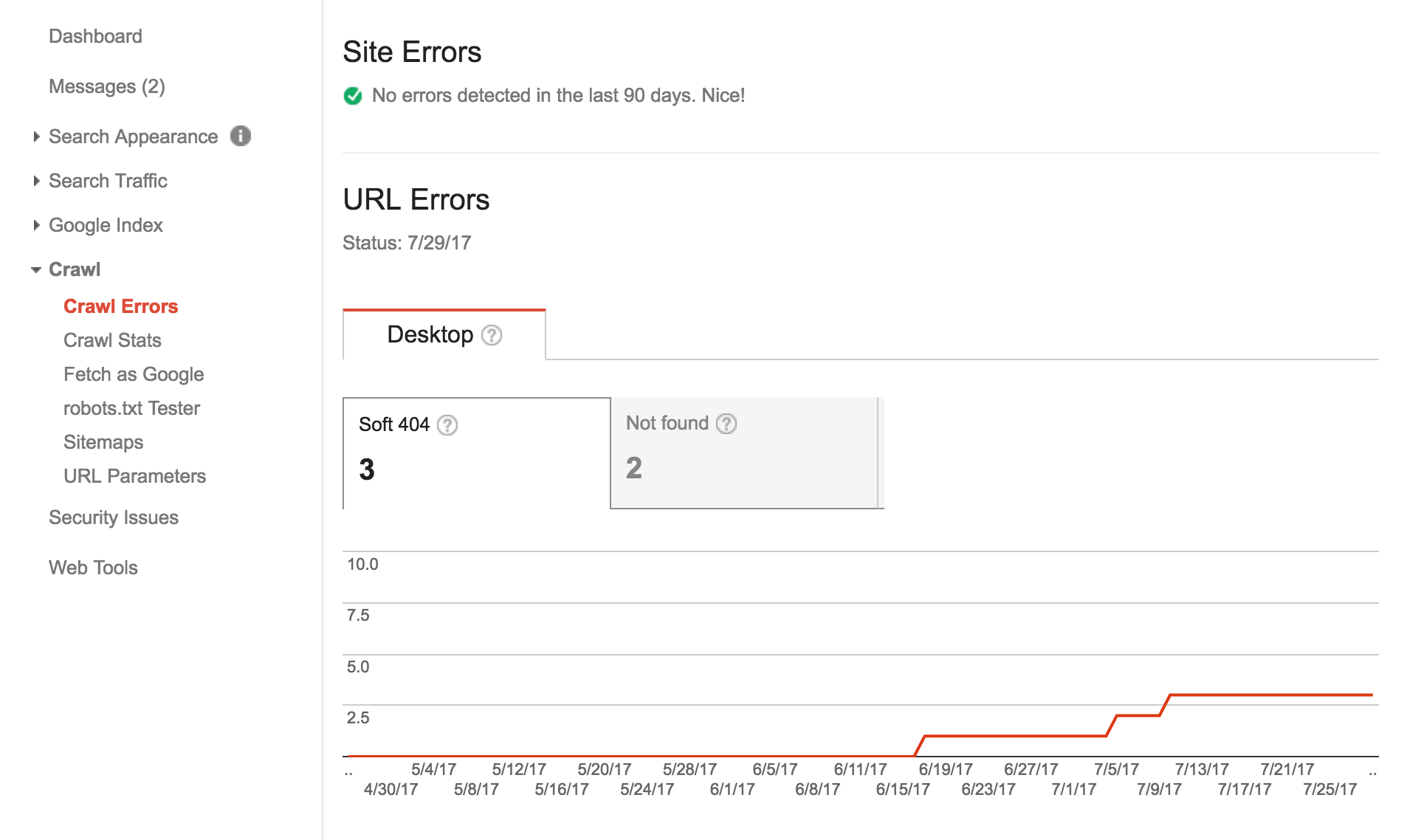
Final Thought
On the Internet, there are several tips and guidelines on how to establish a successful online business. However, this article provides an overview of the whole subject. An overview of what it takes to keep your website up and running and ensure you have what it takes to stay ahead of the competition.
